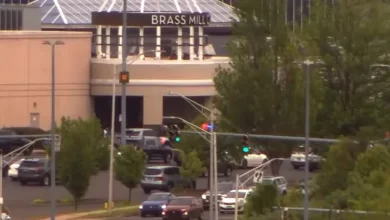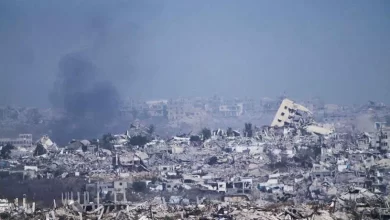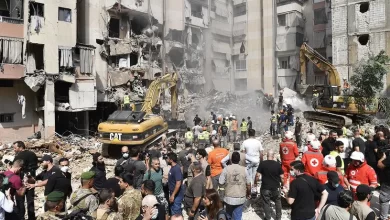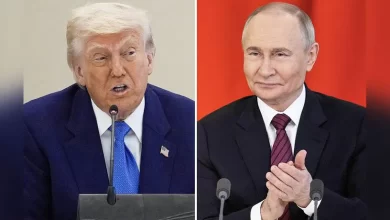North Korea fires more missiles amid ‘firing range’ warning
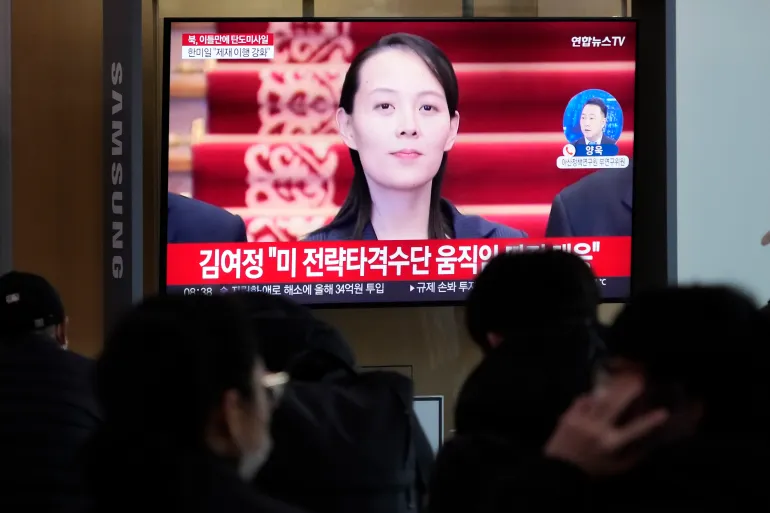
Banned launches come as Kim Yo Jong warns against any increased US presence on the Korean peninsula.
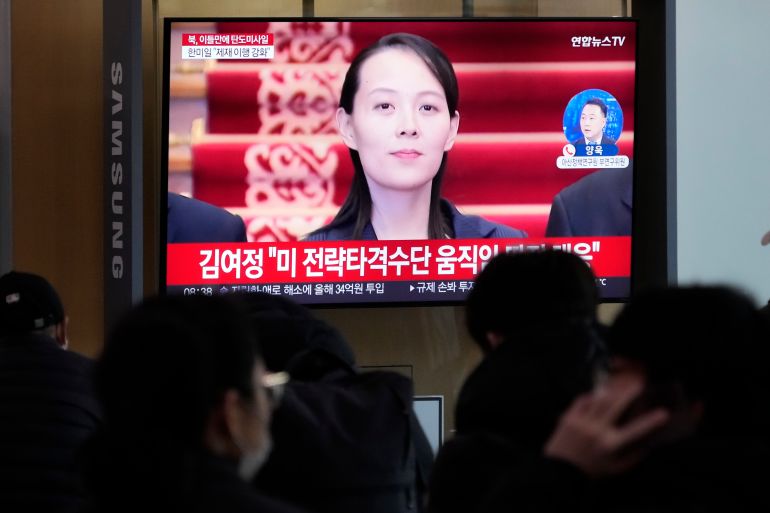
North Korea has fired a pair of short-range ballistic missiles off its east coast, according to South Korea’s military, two days after Pyongyang resumed banned testing activities with an intercontinental ballistic missile launch.
South Korea’s military said it “strongly” condemned the two launches as an act of “significant provocation”. They took place from a western coastal town just north of the North Korean capital on Monday morning, South Korea’s Joint Chiefs of Staff said in a statement.
North Korea’s state media said two projectiles were fired from a multiple rocket launcher, aiming at targets 395km (245 miles) and 337km (209 miles) away, respectively.
“The 600mm multiple rocket launcher mobilised in the firing … is a means of tactical nuclear weapon,” capable of “paralysing” an enemy airfield, state news agency KCNA said.
Japan also detected the launches, saying two ballistic missiles were fired at about 7am local time on Monday (22:00 GMT Sunday). The missiles reached an altitude of approximately 100km (62 miles) and 50km (31 miles) and travelled between 350km (217 miles) and 400km (249 miles) before falling outside Japan’s exclusive economic zone.
There were no reports of damage to aircraft or vessels.
In a statement, the ministry said it would continue to gather and analyse information in close cooperation with the United States.
“North Korea’s series of actions, including its repeated ballistic missile launches, threaten the peace and security of Japan, the region, and the international community,” the ministry said. “Japan lodged a strong protest and forcefully condemned North Korea.”
South Korea’s foreign ministry announced new sanctions targeting four individuals and five entities, including a South African national and two Singaporean shipping firms following Monday’s launches.
United Nations spokesperson Stephane Dujarric said UN chief Antonio Guterres “strongly” condemned the latest launches and urged Pyongyang to “immediately desist from taking any further provocative actions”, and resume denuclearisation dialogue.
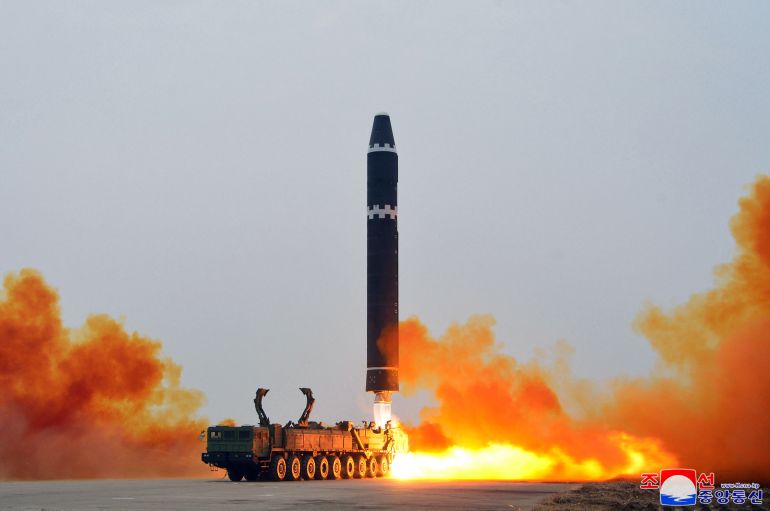
‘Our firing range’
Pyongyang’s second launch in 48 hours came as Kim Jong Un’s powerful sister, Kim Yo Jong, issued a warning early on Monday against any increased US presence on the Korean peninsula.
“We are carefully examining the influence it would exert on the security of our state,” she said in an English language statement published by KCNA. “The frequency of using the Pacific as our firing range depends upon the US forces.”
Calling the US “the worst maniacs” she threatened to take unspecified “corresponding counteraction” in response to any future moves by the US military.
On Friday, North Korea fired its Hwasong-15 intercontinental ballistic missile off its east coast.
North Korea’s state media said on Sunday the ICBM test was meant to further bolster its “fatal” nuclear attack capacity and verify the weapon’s reliability, as well as the combat readiness of the country’s nuclear force.
Andrei Lankov, a North Korea scholar and professor at Kookmin University in Seoul, said the world should be prepared for Pyongyang to conduct more nuclear and missile tests over the coming years. The country carried out a record number of launches in 2022.
“You have to keep in mind that if they only care about defending themselves, they don’t need tactical nukes,” Lankov told Al Jazeera. “Their existing nuclear forces are sufficiently large to provide absolutely reliable deterrence, so what they are doing now is for offensive operations — for attack. Not now. Maybe many decades later, maybe never. But they have passed the defensive stage and they are actually now getting weapons whose only conceivable task is to be used as tools for aggression.”
Analysts say tensions are likely to flare as South Korea and the US prepare for more military exercises in the coming weeks and months. Simulated nuclear tabletop exercises known as the Deterrence Strategy Committee Tabletop Exercise, are due to take place at the Pentagon on Wednesday, while the annual Freedom Shield field training is scheduled for March.
“Tension on the peninsula is likely to reach its peak in coming months as North Korea is accelerating its military actions with higher frequency, and her [Kim Yo Jong ‘s] statement indicates that it would continue impromptu missile tests using the Pacific as its shooting range,” said Yang Moo-jin, a professor at the University of North Korean Studies in Seoul.
Pyongyang portrays the joint US-South Korea military drills as rehearsals for invasion although Washington and Seoul stress they are defensive in nature.
On Sunday, the US flew long-range supersonic bombers in separate exercises with South Korean and Japanese warplanes in a show of force against North Korea.
Some 28,500 US troops are stationed in South Korea as a legacy of the 1950-1953 Korean War, which ended in an armistice rather than a full peace treaty.


